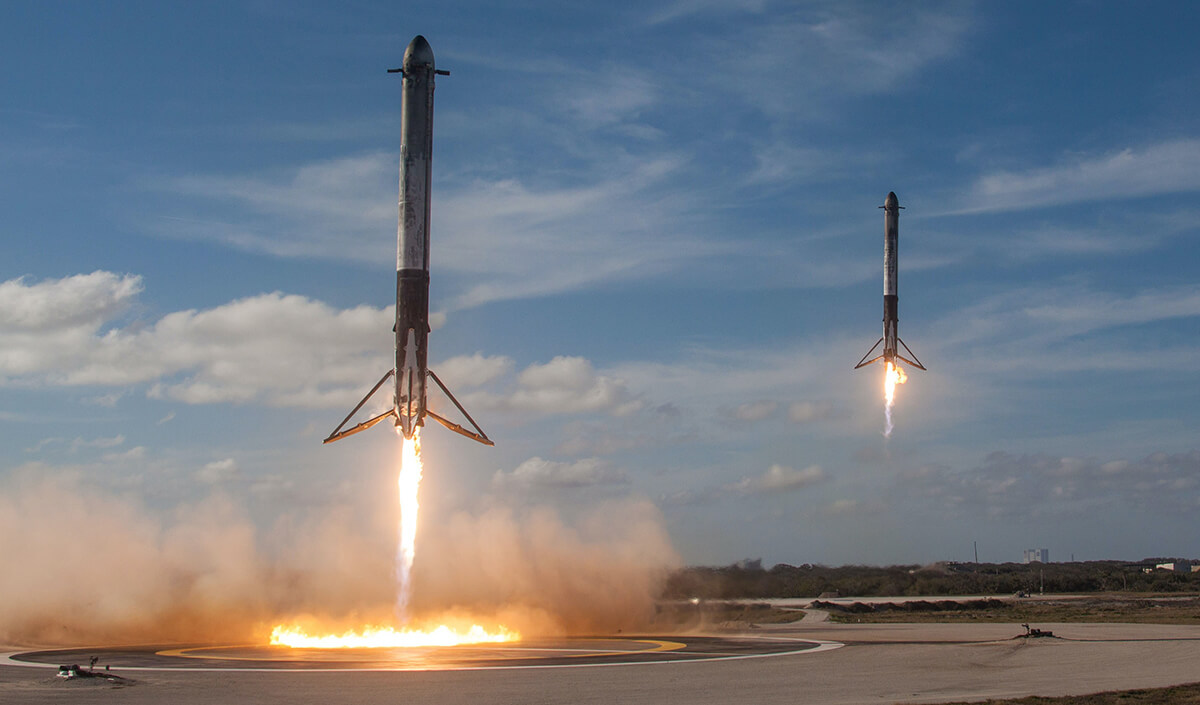
Companies are beginning to launch passengers into space and they are gearing up for even more civilians to become “astronauts” in early in 2022. Companies are also partnering with government agencies, providing transport to the International Space Station and launching science experiments into suborbital space. However, the bulk of commercial space revenue to date is derived from the launching of satellites into low Earth orbit (LEO) and geosynchronous Earth orbit (GEO), something that happens quite regularly.
It is critical that NBAA and its members actively engage in the commercial space sector to ensure safe integration with existing flight operations, while encouraging innovation and new technology.
The National Space Policy provides for a U.S.-led, integrated program with private sector partners for a human return to the Moon, followed by missions to Mars and beyond. The policy calls for the NASA administrator to “lead an innovative and sustainable program of exploration with commercial and international partners to enable human expansion across the solar system and to bring back to Earth new knowledge and opportunities.”
Through the establishment of both the National Space Policy and the reestablishment of the National Space Council and the implementation of the FAA’s Streamlined Launch and Reentry Licensing Requirements Final Rule for commercial space transportation launches and reentries, it is clear that commercial space is and will continue to be a robust sector of emerging technologies.


 International Business Aviation Council Ltd.
International Business Aviation Council Ltd.